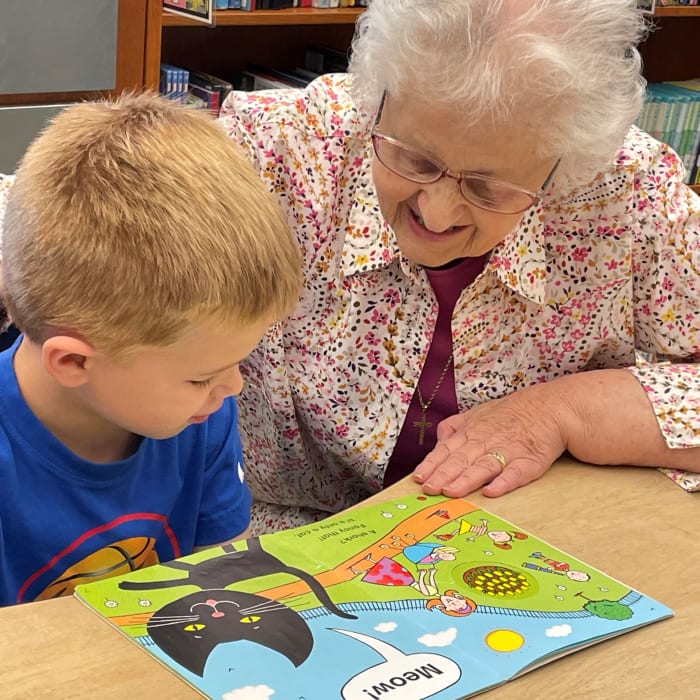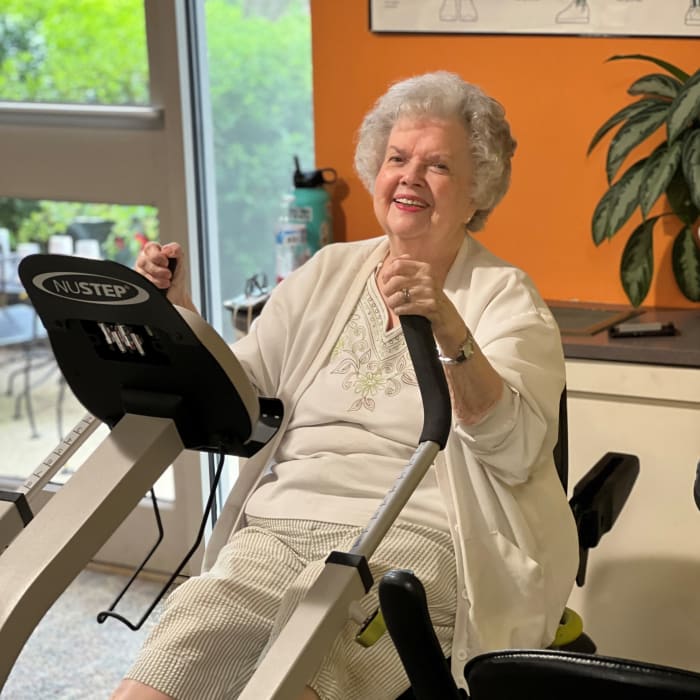Is it safe to see the doctor?
Throughout the COVID-19 pandemic, you’ve probably made decisions about which risks to take. Is it worth going to the grocery store, or should you order online? How often should you disinfect surfaces at home? Should you wear a face mask when you go for a walk, or not? The decisions you make ultimately depend upon your own health and other factors. But what’s the right answer when it comes to seeing a doctor?
Emergencies are no question
If you would ordinarily call an ambulance for a health issue, then you should still do so, regardless of the current pandemic. The risks of something like a heart attack, stroke or serious injury are far greater than those posed by COVID-19. Even hesitating a few minutes to call 911 can make a life-or-death difference when it comes to emergency health conditions.
Call 911 if you notice life-threatening signs and symptoms such as:
• Abdominal or stomach pain with nausea and vomiting
• Bodily trauma, especially to the head or spine
• Fever of 100.4 degrees or higher that doesn’t improve with medicine
• Headache with fever and confusion
• Heart attack symptoms, including chest or arm pain, nausea, shortness of breath, a cold sweat and sudden dizziness
• Persistent pain or pressure in the chest
• Severe burns
• Sudden shortness of breath/trouble breathing
• Stroke symptoms, including face drooping, arm weakness, difficulty talking, dizziness, blurred vision, intense headache and confusion
To help protect emergency patients, hospitals have put in place extra safety measures on top of their usual practices. Patients with COVID-19 symptoms are kept entirely separate from other patients. All patients, visitors and employees are required to wear a face mask. And operating rooms are thoroughly cleaned more often than any other location in the hospital, minimizing the possibility of acquiring the coronavirus during surgery.
Not urgent? Go virtual
While the coronavirus continues to remain a threat, it’s recommended that all patients needing non-urgent medical care opt for telemedicine options. Quick questions and minor concerns may need little more than a message sent to your doctor via an online patient portal. More in-depth needs may require you to schedule a telephone or video visit. Using your phone, tablet or computer, a virtual visit allows a doctor to give you information, diagnose conditions, recommend treatments and prescribe medication. Virtual visits are well-suited for minor ailments such as a sore throat, skin rash or constipation. Medical concerns that are more complex or pressing may require an in-person visit. Talk to your doctor and ask if it makes sense for you to come in.
Weighing the benefits of screenings
Patients at low risk for cancer are advised to cancel or postpone screenings until a later date. But if you’re at high risk for developing cancer, there is no universal right answer. You may need to ask your doctor whether you’re a good candidate for an in-person cancer screening. In some cases, you may be able to take an at-home test for cancer. However, not many tests are yet available for the public.
What about prescriptions?
If you need a prescription refill, request the refill over the phone or online. Ask if you can receive a 90-day supply. This can reduce your risk for coronavirus exposure and give you a cushion in the event of a medication shortage. You may even be able to have your medication delivered, making it easier to keep yourself protected.






